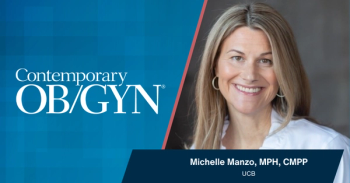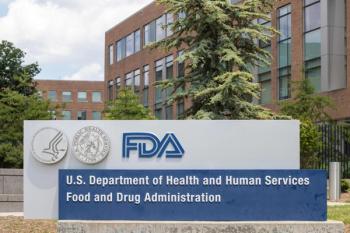
Osteoporosis Supplement
Millions of US women are affected by the systemic skeletal disorder osteoporosis. As the population of aging female patients continues to rise, so do the medical and economic burdens of osteoporotic fracture. Thus, the time has arrived for both aggressive management and enhanced prevention of this disease in women of all ages.
TO OUR READERS...
Millions of US women are affected by the systemic skeletal disorder osteoporosis. As the population of aging female patients continues to rise, so do the medical and economic burdens of osteoporotic fracture. Thus, the time has arrived for both aggressive management and enhanced prevention of this disease in women of all ages.
Early detection of bone breakdown is an important element of effective osteoporosis
The body of research supporting osteoporosis risk factors and prevention is growing every year, indicating that patients should be educated on bone maintenance from an early age. Good nutrition and various other lifestyle habits are indeed advantageous for bone, and women can use them to help maintain skeletal integrity and help counteract nonmodifiable risk factors (eg, ethnicity, family history).
We at THE FEMALE PATIENT® welcome you to this special edition, the third in a series focusing on innovations in osteoporosis. We hope that you find its contents enlightening and useful in the everyday practice of female health care
Articles:
Counseling premenopausal patients on lifestyle habits to promote bone health, as well as identifying nonmodifiable risk factors, can help prevent the devastating consequences of osteoporosis later in life. Here the author discusses currently available detection and treatment methods, delineating the distinction between bone quantity and bone quality. CME Test (in PDF format)
Newsletter
Get the latest clinical updates, case studies, and expert commentary in obstetric and gynecologic care. Sign up now to stay informed.









